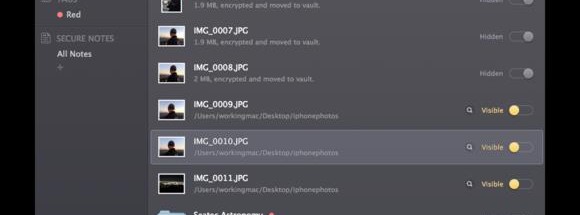

In the Actions pane, search for the Run Shell Script item and drag it to the main windowĤ. In the Actions pane, search for the Get Specified Finder Items item and drag it to the main windowģ. Open up Automator and choose workflow to create a new workflow Open Automator and create a new workflowĢ.

One approach to create an application is as follows:ġ. This lets you create a small app that you can drag and drop files onto to hide, or even as a service to act on Finder items. However, another perhaps more convenient method is to use Terminal to build an Automator workflow. Using Terminal With AutomatorĮvery time you want to hide or unhide a folder, you could open Terminal and type in the chflags command. This makes the file reappear in Finder and resets its visibility back to normal. The simplest way is to use the same terminal command with the nohidden flag as follows:Ĭhflags with the nohidden option will unhide a folder
#MACPAW HIDER 2 WONT UNHIDE HOW TO#
Once your folder has been hidden, you might be wondering how to view it again.
#MACPAW HIDER 2 WONT UNHIDE MANUAL#
For more complete details on chflags, just type in man chflags at the command prompt to display the manual pages. The chflags command can be used to change many properties about files. To do this, use the sudo command (the “ super user do command”) and enter the root password when prompted. It may be necessary to enter the chflags command as the super user if you’re not already logged in as root. Use the chflags hidden command to hide a folder This just speeds up the process of entering the file path manually. Rather than type in the whole file path, it’s also possible to enter the chflags command and then drag the file or folder into the open Terminal window which completes the file path for you. chflags hidden "~/Documents/Hide This Folder".If the filename contains spaces, you may need to put quotes around it, for example: The folder specified and all it’s contents will disappear from view in Finder, but it’s important to note that the files are still there and have not been deleted. At the Terminal command prompt, type this followed by Enter: Open Terminal from the Applications -> Utilities folder or using SpotlightĢ. Follow these steps to hide any folder or file:ġ.


 0 kommentar(er)
0 kommentar(er)
